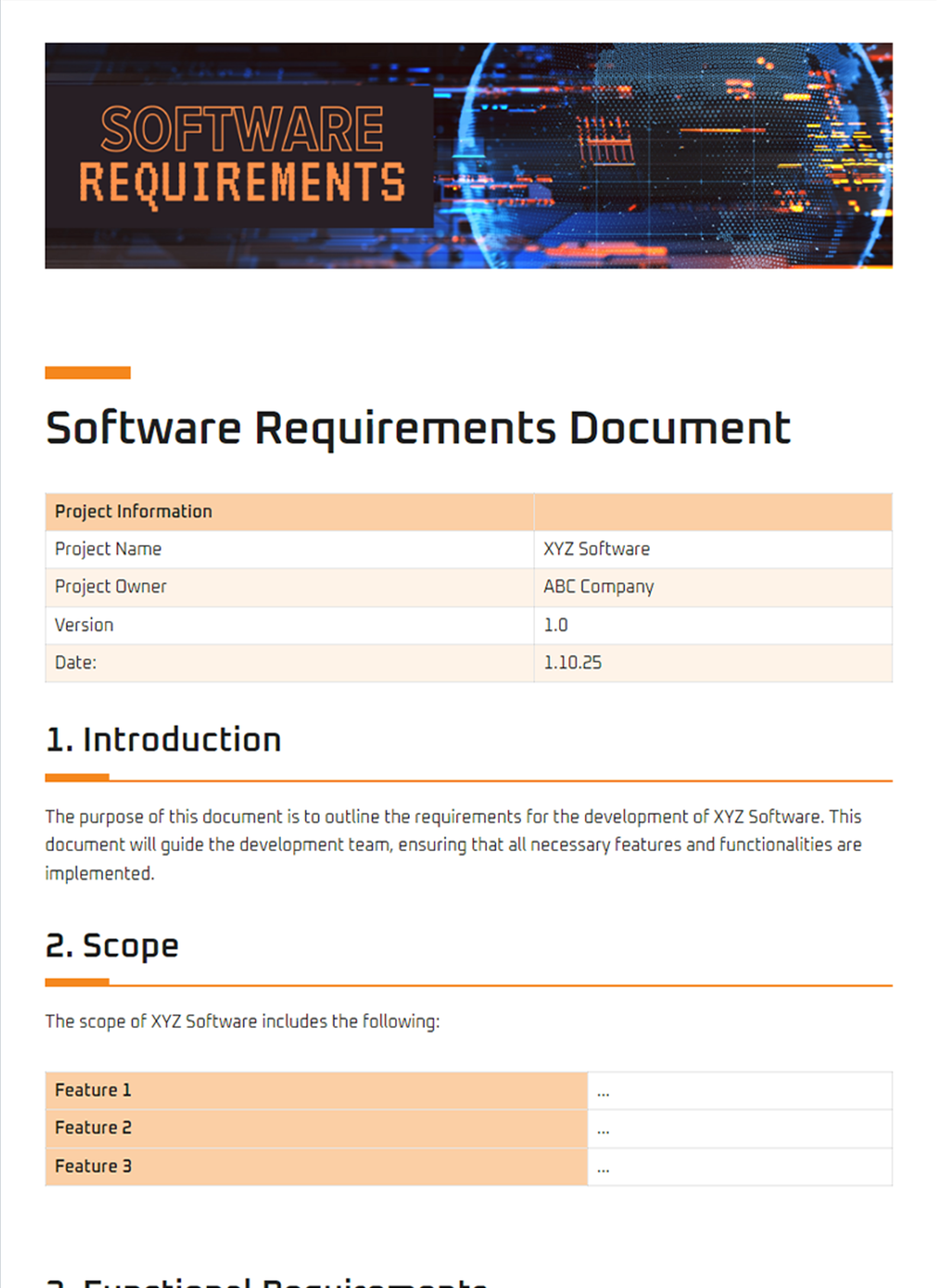An interface requirements specification template (IRSpec) is essential for creating a comprehensive document that defines the functional and non-functional requirements of an interface. Effectively describing the data, behavior, and quality attributes of an interface is vital to ensure effective software development and efficient communication between stakeholders.
By utilizing a comprehensive template, you can streamline the process of gathering, organizing, and specifying interface requirements. This ensures that all relevant details are captured and documented systematically. An organized template serves as a valuable tool for eliciting, analyzing, and validating interface requirements with stakeholders. A well-structured IRSpec template can help you develop a clear and complete set of requirements that can be easily understood and implemented by development teams.

Components of an Interface Requirements Specification Template
A comprehensive IRSpec template should include the following components:
- Purpose: A clear statement of the purpose and objectives of the interface.
- Scope: A precise definition of the boundaries and limitations of the interface.
- Stakeholders: A list of individuals or groups who will be affected by the interface.
- Functional Requirements: A detailed description of the specific tasks that the interface must perform.
- Non-Functional Requirements: A specification of the quality attributes of the interface, such as performance, reliability, and security.
- Use Cases: A series of scenarios that describe how users will interact with the interface.
- Acceptance Criteria: A set of conditions that the interface must meet in order to be considered acceptable.
Benefits of Using an Interface Requirements Specification Template
An IRSpec template offers several advantages:
- Improved Communication: A clear and concise template facilitates effective communication between stakeholders. The shared understanding of requirements reduces misunderstandings and ensures everyone is on the same page.
- Reduced Errors: By providing a structured framework, a template helps to identify and eliminate errors in the requirements gathering and specification process.
- Increased Efficiency: A template streamlines the requirements gathering process, saving time and resources.
- Improved Quality: A comprehensive template ensures that all relevant requirements are captured, resulting in a higher-quality end product.
Conclusion
An interface requirements specification template is a powerful tool for gathering, organizing, and specifying interface requirements. By utilizing a comprehensive template, organizations can effectively describe the data, behavior, and quality attributes of an interface, leading to improved communication, reduced errors, increased efficiency, and improved quality in software development.
Templates empower teams to develop clear and complete sets of requirements that can be easily understood and implemented. Adopting an interface requirements specification template is a valuable investment in the success of any software development project.
